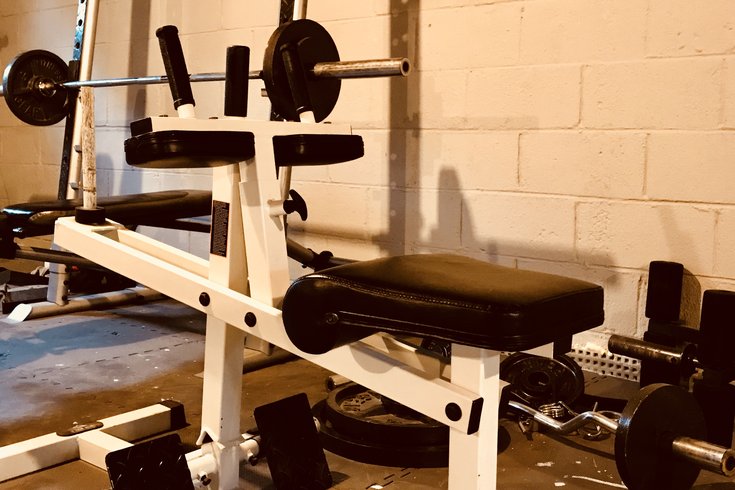
October 16, 2015
 File Art/for PhillyVoice
File Art/for PhillyVoice
Don’t let anxiety stop you from getting started.
So you’ve been super busy or slacking a bit and haven’t worked out in a few months – or maybe even years. It happens! Don’t let anxiety about how to get started again stop you. Here’s how to safely and gradually get back into a fitness routine.
You’ve heard the phrase “ask your doctor” a million times, but it’s key advice. Launching any new fitness regimen requires the knowledge that you’re physically sound and basically healthy, especially if you’ll be making demands on parts of your body you haven’t worked out in months – or years. At the very least, get an assessment by a qualified personal trainer at your gym or health club. It’s especially important if the reason you haven’t been working out is illness or surgery – don’t run the risk of injury.
Nobody goes from couch potato to running in the Blue Cross Broad Street Run overnight. Getting back into running? Swimming? Weight-training? Great. But you don’t have to do a half-marathon, an Ironman-style ocean swim or become an “I eat pain!!” gym-rat your first day. That’s a recipe for discouragement. Recognize that, especially if you’ve been out of the exercise loop for months or years, you may have lost some muscle strength. It builds back -- but gradually, not immediately.
If a workout routine feels like an obligation – or worse, like a punishment – you won’t stick with it. Working out has to be something you look forward to, not dread. Yoga? Spinning? Kickboxing? Singles tennis? Morning power-walks? Evening runs on the treadmill? It doesn’t matter what it is, as long as it’s something you enjoy, not endure.
Especially if you’ve fallen out of shape, concentrate on small gains each workout session – walking a bit more, spinning a bit longer, doing five more stomach crunches than yesterday or last week. Don’t get fixed on some imagined ideal fitness goal far in the future. Wearable fitness trackers or popular fitness-tracking websites are great for monitoring your daily or weekly progress -- as long as you don’t use them to obsess over results.
There’s a reason why people train with a friend – and it’s not “misery loves company” (or shouldn’t be!). It’s simply that it’s easier to get motivated with a partner – comparing progress, sharing hurdles, overcoming setbacks, and just building a friendship through the joint experience of getting healthier. The road to fitness doesn’t have to be a solitary one. And by the way, some folks’ best training buddies are their dogs.
They’re not just for movie stars. Professional personal trainers and coaches are available that don’t cost a fortune. It’s no secret that one reason people have personal trainers isn’t because they necessarily need the coaching – although trainers’ expertise in exercise physiology can be invaluable. It’s that the moral support of a trainer helps keep people on track and “showing up.” Many trainers offer a finite twelve-week plan, which can be useful just to get you launched.
Be aware that, after a period of no exercise, most people lose their cardiovascular fitness more quickly than they do their muscle strength. It returns of course -- but pick up your cardio routine at a slower pace than when you left off working out weeks or months ago.
Once you’re back into a fitness routine, make sure you keep it a routine. Exercise at the same time every day or, however, many days a week you work out. Dashing to the gym at random, odd hours when you can fit it in doesn’t work.
Remember, the two sides of the coin of health are eating better and moving more, and one without the other is only half the battle. When you get back into a workout routine, tweak your food habits too. Don’t go on a “diet” – they don’t work. Just eat better, and in moderation: avoid snacking, processed and “junk” foods, sugary drinks, too many carbs, and the temptation to overindulge.
Perhaps the most important thing to remember when getting back into a workout routine after a hiatus is not to beat yourself up for slacking off. Fitness is a journey, a lifestyle that’s learned over time. “Falling off the wagon” is inevitable, and forgivable. It’s the getting back on that counts!